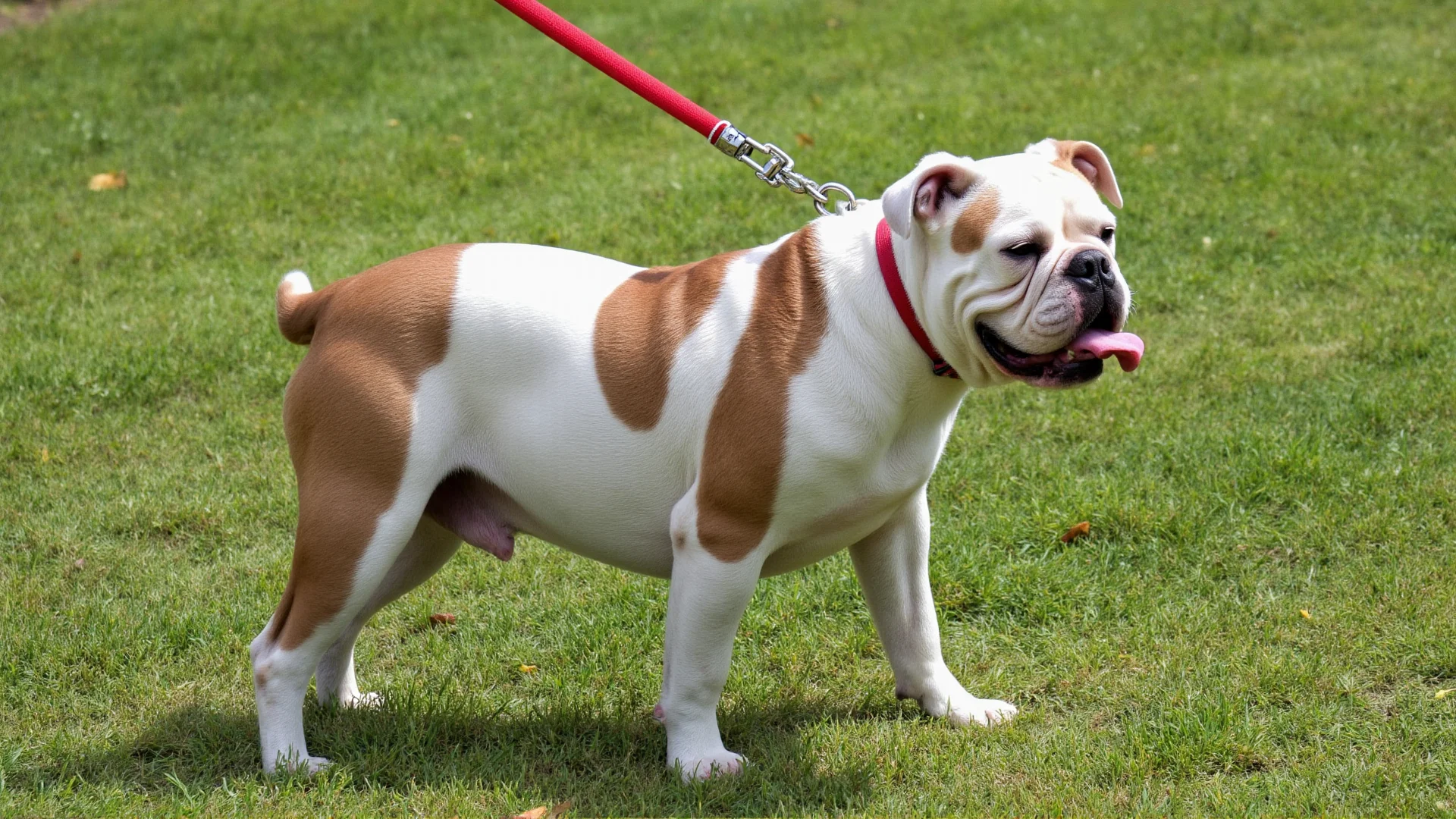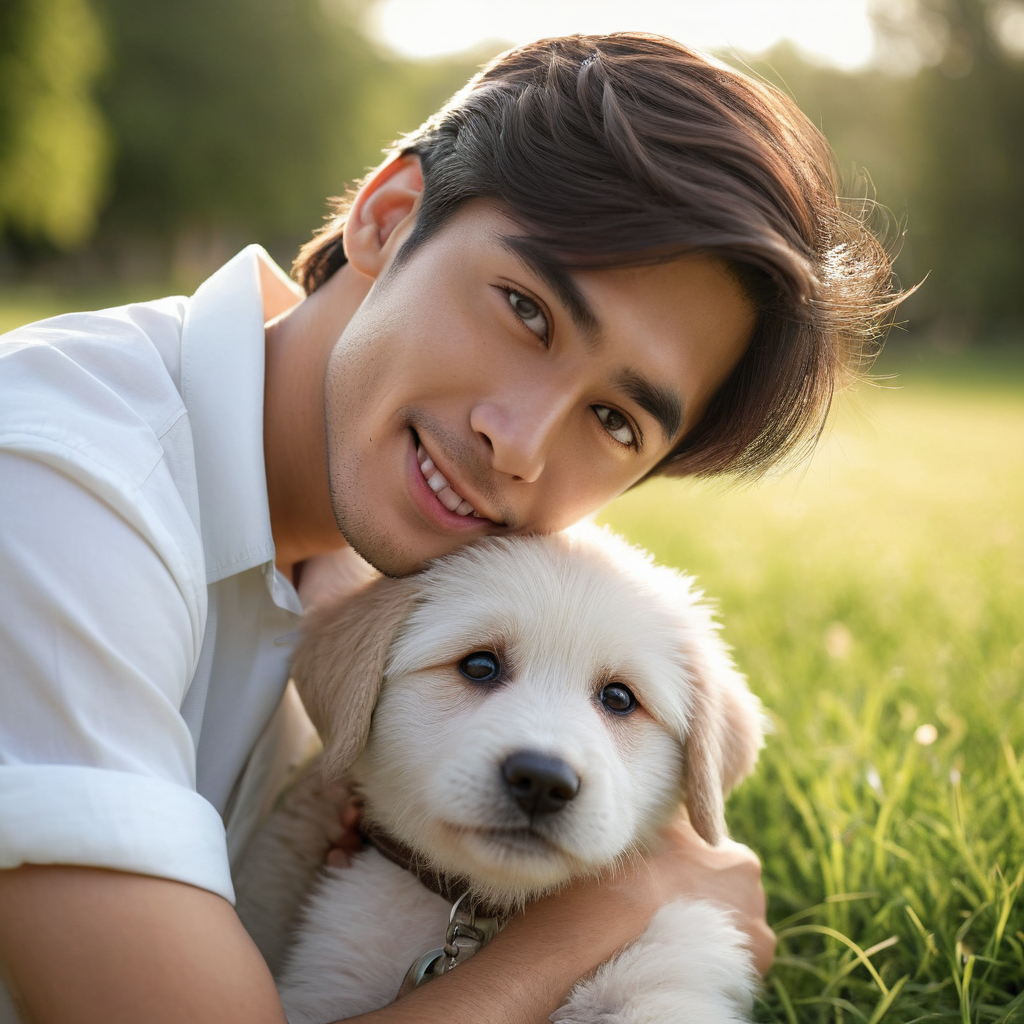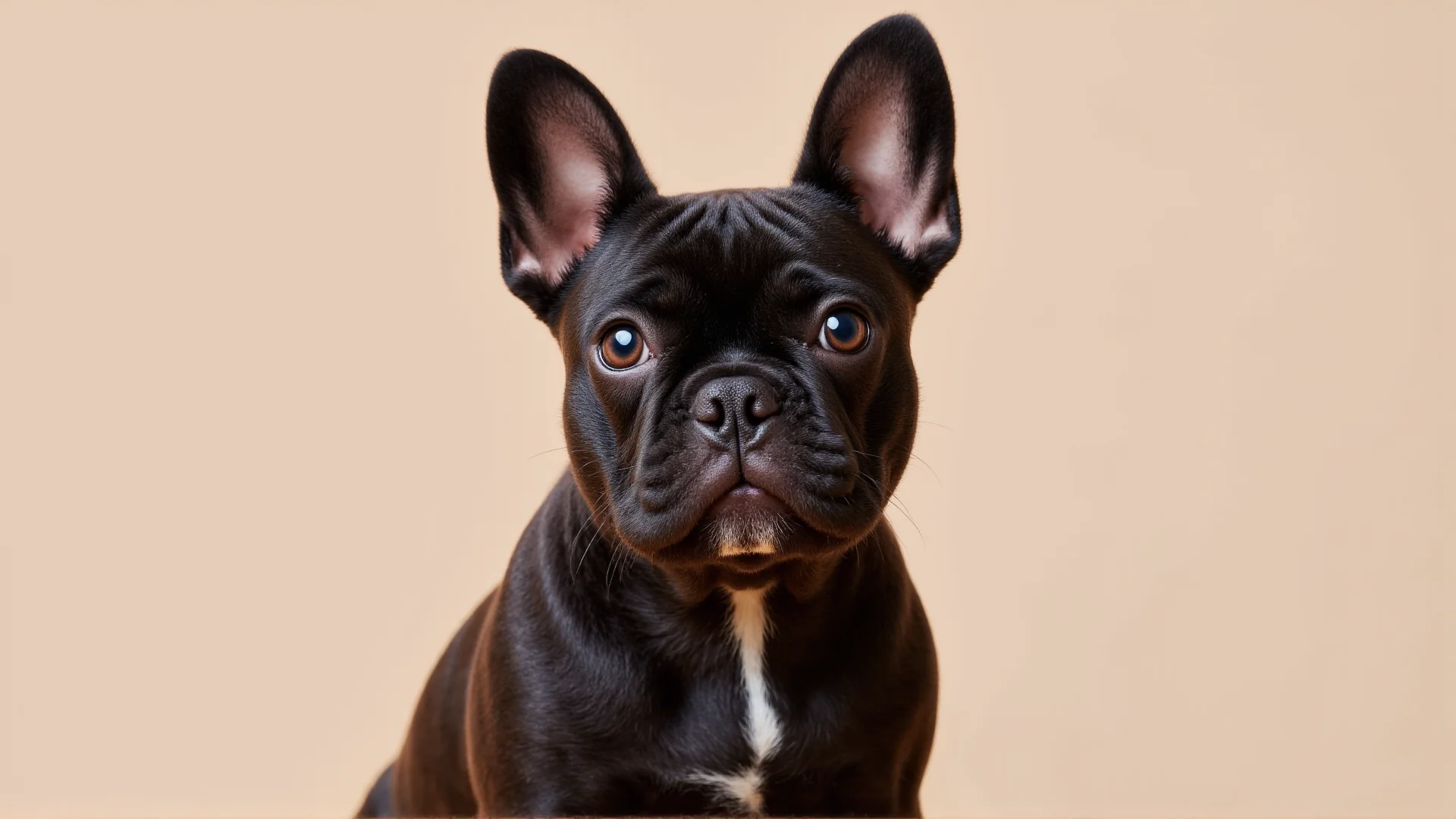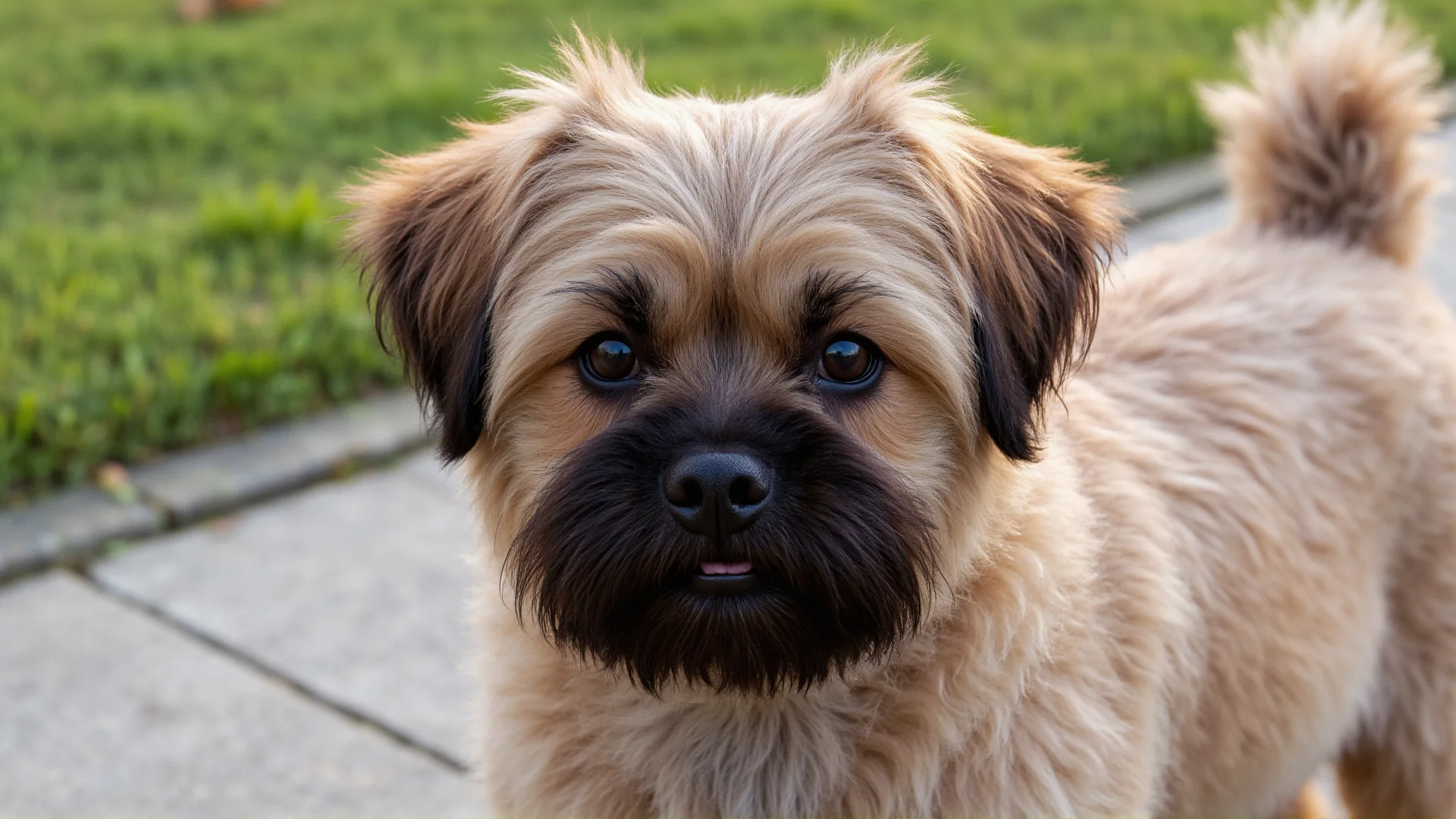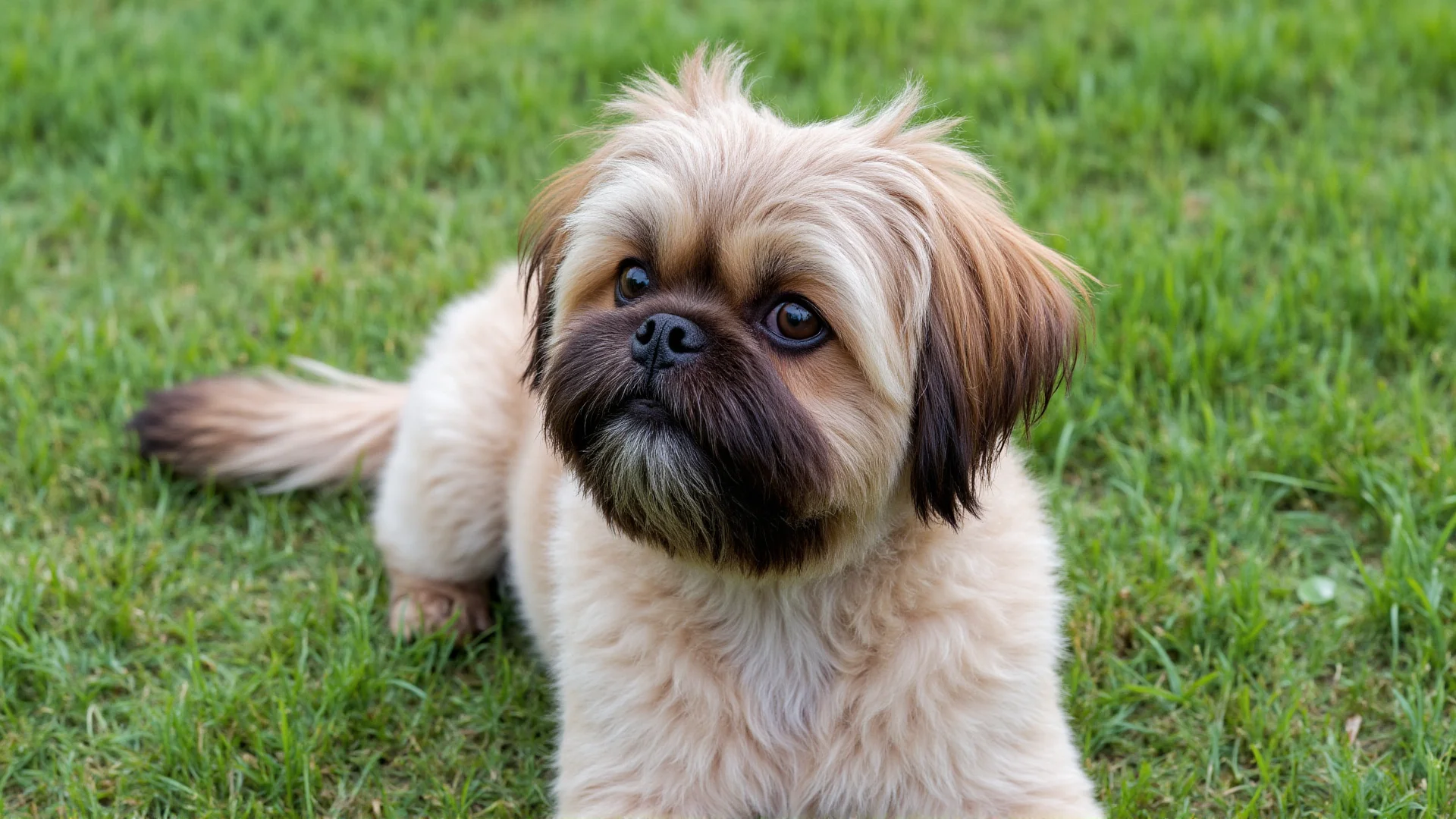The English Bulldog: From Royal Courts to Cultural Icon - A Journey Through History
The English Bulldog's journey from medieval bull-baiting arenas to the palaces of royalty and the hearts of millions worldwide represents one of the most remarkable transformations in canine history. This iconic breed has not only survived dramatic changes in purpose and appearance but has become a symbol of resilience, determination, and British cultural identity.
The Medieval Origins: Warriors of the Arena
The English Bulldog's story begins in 13th-century England, where these powerful dogs were bred specifically for the brutal sport of bull-baiting. Unlike the gentle companions we know today, these early bulldogs were fierce, athletic warriors designed for combat. Historical records from the reign of King John (1199-1216) describe these dogs as having massive heads, powerful jaws, and an almost supernatural tenacity.
The term "bulldog" first appeared in literature around 1631, though the breed existed long before this formal recognition. These dogs were characterized by their low-slung bodies, which allowed them to stay beneath a bull's horns, and their distinctive pushed-in faces, which enabled them to breathe while maintaining their grip on a bull's nose.
"The courage of the English Bulldog in the baiting ring was legendary, with contemporary accounts describing dogs that would fight until their last breath, embodying the very spirit that would later make them symbols of British determination."
The Cultural Significance of Bull-Baiting
Bull-baiting wasn't merely entertainment; it was deeply embedded in English culture and economy. Butchers were legally required to bait bulls before slaughter, as it was believed to tenderize the meat. This practice created a symbiotic relationship between the working class and their bulldogs, fostering a bond that would influence the breed's development for centuries.
The Great Transformation: From Fighter to Gentleman
The Cruelty to Animals Act of 1835 marked a pivotal moment in bulldog history. With bull-baiting banned, the English Bulldog faced potential extinction. However, dedicated breeders, particularly Bill George of Canine Castle, began the remarkable transformation that would save the breed and create the gentle giant we know today.
This period, spanning roughly from 1835 to 1860, saw deliberate efforts to breed out aggression while maintaining the breed's distinctive physical characteristics. Breeders selected for temperament over fighting ability, gradually creating dogs that retained their courage but channeled it into loyalty and protection of their families rather than combat prowess.
The Victorian Era Renaissance
During Queen Victoria's reign (1837-1901), the English Bulldog experienced a cultural renaissance. The breed became associated with British values of steadfastness, loyalty, and quiet strength. Victorian literature and art frequently featured bulldogs as symbols of the British character, most notably in political cartoons where John Bull, the personification of England, was often depicted alongside a bulldog.
The establishment of the Bulldog Club in 1878 formalized breed standards and helped promote the English Bulldog as a respectable companion animal. This organization, one of the oldest single-breed clubs in the world, played a crucial role in standardizing the breed's appearance and temperament.
Royal Connections and Noble Heritage
The English Bulldog's association with British royalty runs deeper than mere symbolism. King Edward VII kept bulldogs at court, and the breed became increasingly popular among the aristocracy throughout the late 19th and early 20th centuries. These royal connections elevated the breed's status and helped establish the careful breeding programs that would preserve their unique characteristics.
Perhaps most famously, Sir Winston Churchill's love for his bulldog, Rufus, cemented the breed's place in British cultural consciousness. Churchill himself was often compared to a bulldog, and he embraced this comparison, seeing in the breed the same determination and resilience that characterized his leadership during World War II.
Symbolism in Times of Conflict
During both World Wars, the English Bulldog became a powerful symbol of British resistance. Propaganda posters frequently featured bulldogs wearing Union Jack collars or standing guard over British landmarks. This imagery wasn't accidental; the breed's reputation for never backing down perfectly embodied the British spirit during these challenging times.
The famous British recruiting poster featuring a bulldog with the caption "What! Me Worry?" became one of the most recognizable images of the war effort, demonstrating how deeply the breed had become embedded in national identity.
Cultural Impact Across the Atlantic
The English Bulldog's cultural influence extended far beyond British shores. In America, the breed became associated with prestigious universities, most notably Yale University, where "Handsome Dan" has served as the beloved mascot since 1889. This tradition has been maintained for over 130 years, with each successive Handsome Dan becoming a campus celebrity and symbol of school pride.
The breed's association with educational institutions speaks to their perceived characteristics of loyalty, determination, and nobility. Over 40 American universities have adopted the bulldog as their mascot, making it one of the most popular mascot choices in collegiate sports.
Hollywood and Popular Culture
The entertainment industry has long recognized the English Bulldog's appeal. From early film shorts featuring bulldogs as comedic characters to modern animated features like Disney's "The Aristocats" and "Pocahontas," these dogs have consistently captured audiences' hearts. Their expressive faces and naturally dignified bearing make them natural performers and beloved characters.
Modern Legacy and Continuing Evolution
Today's English Bulldog represents the culmination of nearly two centuries of careful breeding and cultural evolution. Modern bulldogs are known for their gentle temperament, making them excellent family pets despite their intimidating appearance. Their calm demeanor and natural affinity for children have made them increasingly popular in urban environments.
Contemporary breeding practices focus heavily on health and temperament, addressing historical issues while preserving the breed's distinctive characteristics. Responsible breeders work closely with veterinarians and geneticists to ensure the breed's continued health and longevity.
Global Recognition and Standardization
The Kennel Club in Britain and the American Kennel Club have established comprehensive breed standards that preserve the English Bulldog's essential characteristics while promoting healthy breeding practices. These standards ensure that the breed's cultural significance is maintained while adapting to modern understanding of canine health and welfare.
International bulldog communities maintain the breed's cultural heritage through clubs, shows, and educational programs that celebrate both the breed's history and its modern role as a companion animal.
The Enduring Symbol
The English Bulldog's transformation from medieval warrior to modern family companion represents more than just selective breeding; it reflects humanity's evolving relationship with animals and our capacity for positive change. The breed's journey mirrors societal shifts toward compassion, understanding, and the recognition that strength can be gentle.
In contemporary culture, the English Bulldog continues to symbolize determination, loyalty, and quiet confidence. These qualities, once channeled into combat, now serve families worldwide as these remarkable dogs provide companionship, comfort, and unwavering devotion.
As we look to the future, the English Bulldog's rich cultural heritage serves as both a reminder of how far we've come and an inspiration for continued progress in animal welfare and responsible breeding practices. Their story is ultimately one of transformation, resilience, and the enduring bond between humans and their canine companions.
